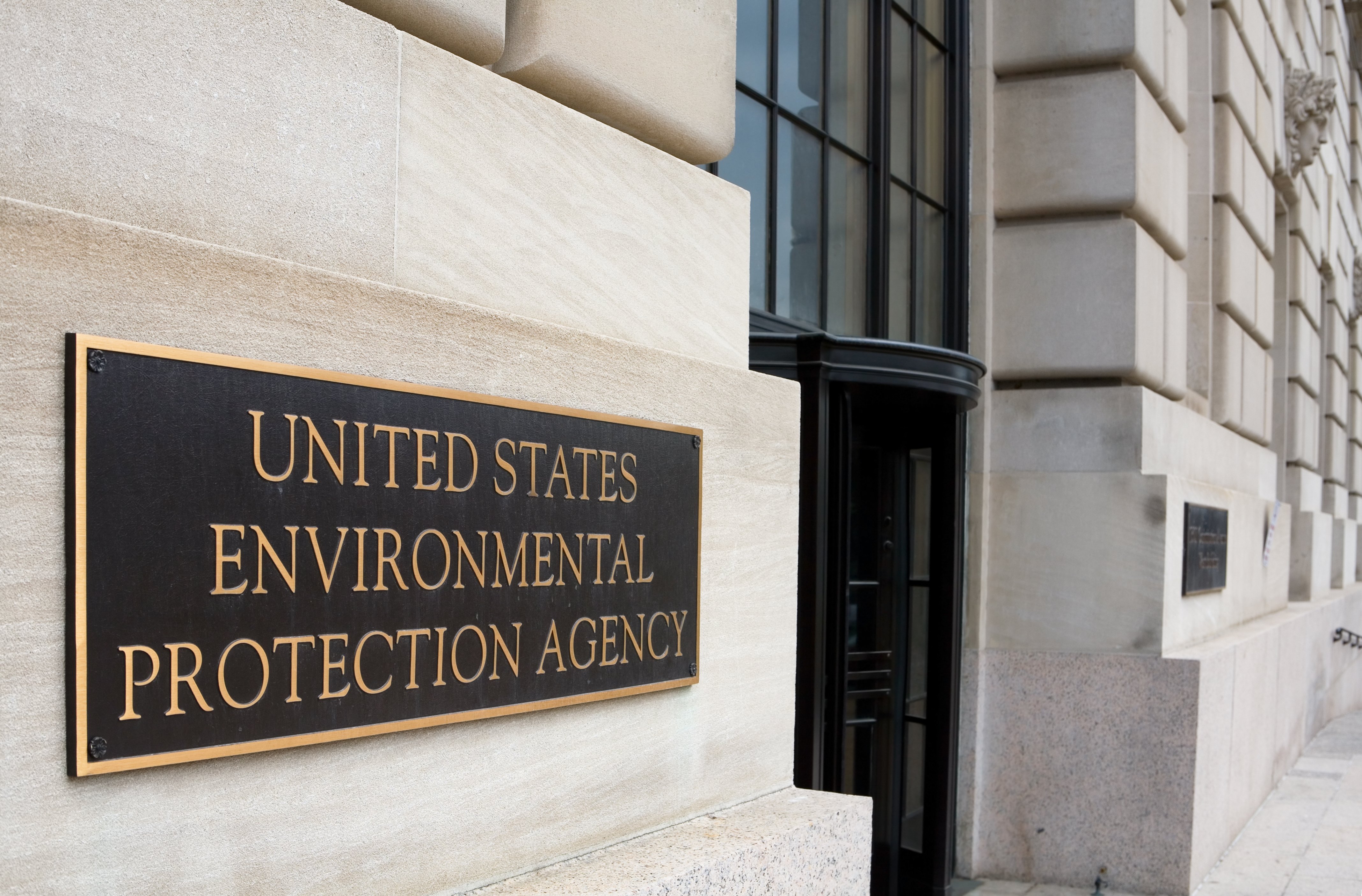New Paper Recycling Processes

Originally written and published by Laurel Brunner at print21.com.au.
New Paper Recycling Processes
 One of the biggest problems for paper makers manufacturing recycled printed matter is quality, meaning cleanliness.
One of the biggest problems for paper makers manufacturing recycled printed matter is quality, meaning cleanliness.
It is difficult to ensure waste paper entering the recycling stream is sufficiently uncontaminated to be used as a raw material for new products. Generally, pulp and paper mills perform tests to determine if the inks and coatings on a batch of printed material could be removed prior to processing. This is one of the fundamental methods of quality assurance in this sector.
This test is fine for standard inks but ink recipes, coatings and curing processes continue to evolve. Paper mills have introduced new processes which may make it harder to clean waste paper. This can make batch processing difficult.
According to print21.com.au, Nippon Paper Industries recently filed a European patent which uses light to separate prints that are easily deinked, from those that are not. This process provides a means of quickly sorting printed matter, distinguishing which materials are suitable as raw materials for recycled paper products.
Nippon Paper’s patent allows for waste paper to be sorted into suitable material for new high quality paper and the dross, which can cause deterioration in the paper fibers and increase unwanted costs.



Leave a Comment
Want to join the discussion?Feel free to contribute!